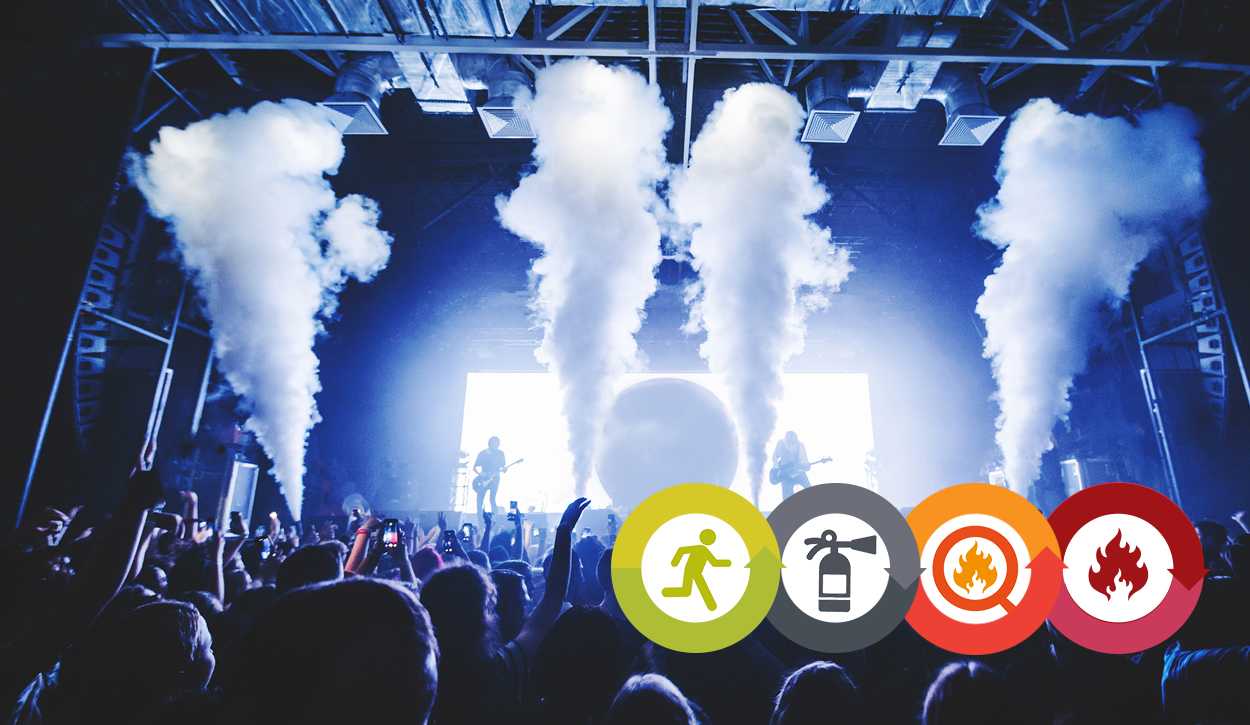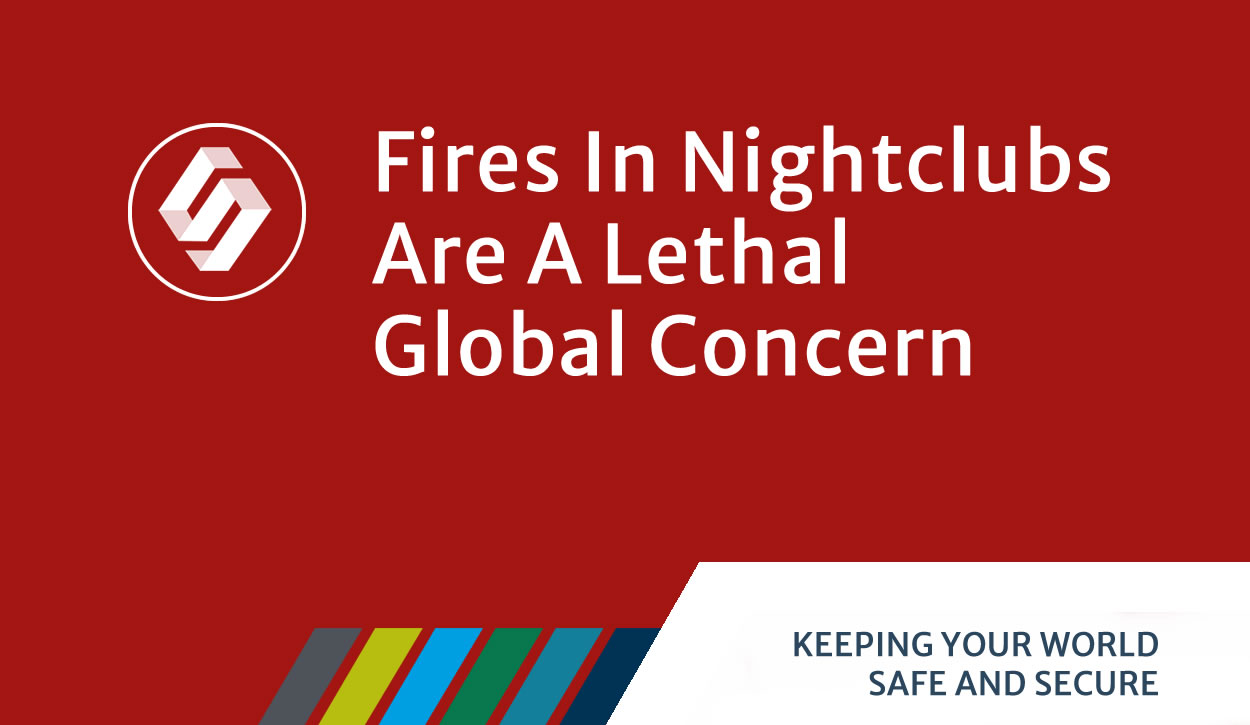Fires In Nightclubs Are A Lethal Global Concern
A tragic nightclub fire in North Macedonia has once again underscored the deadly consequences of using pyrotechnics in enclosed spaces. With hundreds of lives lost in similar incidents around the world, this article examines why nightclub fires continue to occur, the risks facing UK venues, and the actions necessary to prevent future disasters.

On 16 March 2025, a catastrophic fire erupted at the Pulse nightclub in North Macedonia, killing 61 people. Preliminary reports indicate that indoor fireworks ignited flammable materials within the venue. Sadly, this is not an isolated event. Over the past 25 years, similar fires have taken place in the Netherlands, Romania, Russia, Argentina, the USA, Ecuador, China, and Brazil, claiming approximately 1,000 lives.
This tragedy, recently highlighted in a CROSS (Collaborative Reporting for Safer Structures) report, is part of a troubling global trend: pyrotechnics in nightclubs continue to cause mass casualties. It begs a critical question, could such a disaster happen in the UK?
Why are Nightclubs so vulnerable to Fire?
- Nightclubs are inherently high-risk environments for fire due to a combination of familiar factors:
- Dense crowds unfamiliar with the building layout
- Alcohol and substances that impair judgment
- Loud music and emotional intensity
- Low lighting and disorienting special effects
- Blocked or locked emergency exits
- Flammable decorations, especially during themed events
These elements make nightclubs particularly susceptible to fast-spreading fires and chaotic evacuations.
Fire Safety in the UK: Where We Stand
UK nightclubs must meet fire safety requirements under building regulations. However, many operate in converted buildings not originally intended for large gatherings. This can mean narrow escape routes, limited signage, and infrequent use of exits. Under the Regulatory Reform (Fire Safety) Order 2005 (FSO), responsibility for fire safety shifted to employers and venue operators, who must now assess risks and take appropriate measures.
While this approach is mirrored in Scotland and Northern Ireland, it also means that inspections are no longer uniformly required, but instead guided by local Fire and Rescue Service (FRS) priorities. Guidance such as Fire Safety Risk Assessment: Small and Medium Places of Assembly is essential reading for those managing these spaces.
How These Fires Start and Escalate
Most nightclub fires caused by pyrotechnics share two common factors:
- Use of indoor fireworks or stage effects
- Presence of flammable materials such as foam insulation or decorations
These fires are often exacerbated by overcrowding, poorly marked or obstructed exits, and inadequately trained staff. In many cases, unapproved fireworks intended for outdoor use are illegally used indoors, compounding the danger. Imagine a tightly packed room suddenly filling with smoke. Panic erupts. Exits are unclear. The situation becomes deadly within moments.
Preventing Future Tragedies
To reduce the risk of another catastrophic fire, we need action on multiple fronts:
- Restrict pyrotechnics: Only allow effects that are approved and professionally operated.
- Enforce capacity limits: Overcrowding increases the danger exponentially.
- Ensure clear escape routes: Exits must be accessible, clearly marked, and never blocked.
- Educate patrons: Young people (often the primary audience) should know how to spot hazards and report unsafe conditions.
- Train staff thoroughly: All personnel should understand evacuation procedures and basic fire safety protocols.
Inclusive Fire Safety
Fire safety planning must include provisions for those with physical or sensory impairments. Evacuation strategies should be inclusive, practiced, and supported with appropriate equipment and trained assistance. Those who cannot exit quickly without help are at significantly greater risk during emergencies.
A Cultural Shift Is Essential
One of the key takeaways from tragedies like Grenfell is the danger of complacency. Thinking “it won’t happen here” leads to inaction. Vigilance must become standard whether you’re a venue manager, safety inspector, or a clubgoer.
Key Recommendations
- Only licensed professionals should handle pyrotechnics
- All interior materials must comply with fire resistance standards
- Nightclubs should be prioritised in FRS risk-based inspection programmes
- Awareness campaigns should promote fire safety among patrons
- Venue staff must receive regular, robust fire safety training
Fire safety in nightlife settings cannot be an afterthought. The lessons from North Macedonia and the long list of similar tragedies worldwide must serve as a wake-up call. Lives depend on it.
#FireAlarms #FireRiskAssessment #FireSafetyEquipment #FireAlarmMaintenance #AccessControl #CCTV

